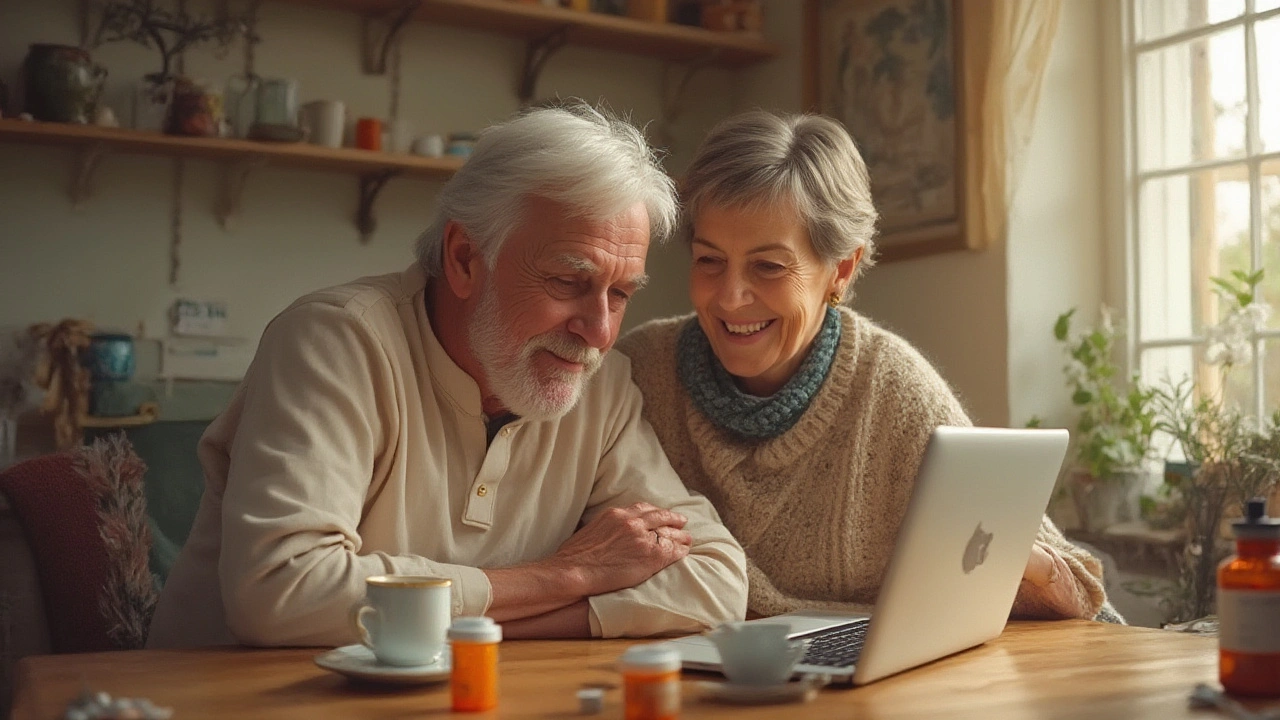How to Use a Safe Online Pharmacy in 2025
If you’ve ever wondered whether the pharmacy you found on Google is legit, you’re not alone. Buying prescription drugs online can save time and money, but only if you follow a few simple rules. Below is a practical checklist that lets you shop with confidence, avoid fake meds, and keep your personal data safe.
Check Licensing and Contact Info
The first thing to verify is the pharmacy’s license. Look for a clear link to a government‑issued pharmacy board or a recognized regulator like the NABP (U.S.) or Health Canada. A real site will display its license number, physical address, and a working phone line. If you can’t find this information after a quick search, walk away.
Next, test the contact details. Call the listed number and ask a simple question about the medication you need. Genuine pharmacies answer promptly and sound professional; scam sites often use automated replies or no response at all.
Verify Prescription Requirements
A reputable online pharmacy will never sell prescription‑only drugs without a valid prescription from a licensed doctor. They may let you upload a scanned copy, fax it, or use a secure portal. If the site offers “no prescription needed” for drugs like Lipitor or Ondansetron, that’s a red flag.
Some pharmacies partner with telehealth services to give you an on‑line consultation. This can be convenient and still meets legal standards. Make sure any doctor involved is board‑certified and that the virtual visit is documented.
Beyond licensing, watch for secure website indicators. The URL should start with https:// and show a padlock icon in the browser bar. This means your personal data—name, address, credit card info—is encrypted during transmission.
Read customer reviews on independent platforms, not just the site’s testimonial page. Look for patterns: multiple complaints about delayed shipments or unexpected charges usually point to trouble.
When you add a medication to your cart, check the price against other reputable sources. If a brand‑name drug is listed for a fraction of its usual cost, it could be counterfeit. Compare with known discount programs like GoodRx alternatives or Canadian pharmacy pricing.
Shipping policies matter too. A safe online pharmacy provides tracking numbers and uses reliable carriers. They’ll also explain how they handle returns, especially if you receive the wrong product or a damaged package.
Finally, keep records of every transaction: order confirmation emails, invoices, and prescription copies. If something goes wrong, these documents are essential for filing complaints with consumer protection agencies.
Following this checklist lets you enjoy the convenience of buying meds online while staying protected from scams. Stay alert, verify each step, and you’ll get the right medication without any hassle.

Online Canadian Pharmacy Without Prescription: Safe Access & Tips
Everything you need to know about using online Canadian pharmacies that don’t require a prescription: safety, savings, regulations, and pro tips for stress-free ordering.
Read More